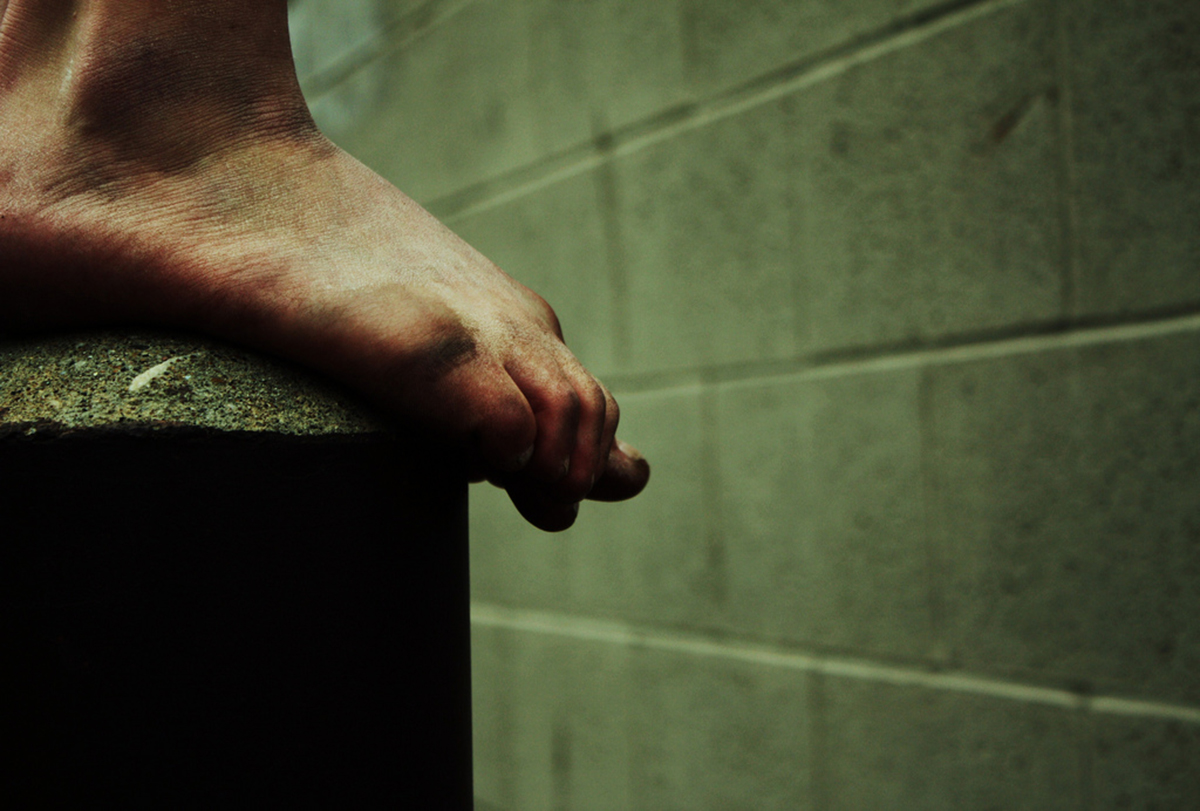Table of Contents
Although about 10 percent who have schizoaffective disorder commit homicide or suicide, 90 percent do not. The disease may make it very difficult to maintain family relationships or friendships, to finish school, or to get and hold down a job. A few people who have the condition, however, lead highly successful lives.

Here are some examples:
- While still a teenager, musician, singer, songwriter, and producer Brian Wilson founded one of the most successful bands of his era, the Beach Boys. Under his leadership, the Beach Boys had over two-dozen top-40 hits. After his father died, when Wilson was 31, he became a recluse, drinking, overeating, abusing drugs, and experiencing hallucinations in the form of disembodied voices, with a mild bipolar disorder. Eventually Wilson was diagnosed with schizoaffective disorder, and with therapy and medication was able to return to being a successful music producer. Wilson even eventually finished the album Smile, which the Beach Boys had not been able to complete after the symptoms of his illness began. What Wilson had going for him was that he had chosen a profession in which hearing disembodied voices was actually a useful skill, and he had the resources for the best medical treatment and minimal danger of financial distress.
- For many years Keris Myrick, CEO of Project Return, which manages over 100 self-help groups in the Los Angeles area, and author of Mad in America, suffered from voices in her head that gave her suicidal thoughts and several times forced her into mental institutions. Myrick says that she realized the severity of her illness when she was shopping in a supermarket and cereal boxes started warning her that they contained poison. Even now at the age of 54, she still hears voices and still consults a psychiatrist, sometimes retreating to a closet to try down out the chaos in her head. The primary voice she hears now, however, is her own, and she serves as an adviser to the American Psychiatric Association and speaks on the need for better access to mental health services around the United States. Myrick has a psychiatric service dog, a terrier named Steinbeck, who knows to lean up against her when she is suffering hallucinations. Myrick has benefited from family support and the courage to "air her dirty laundry" in her efforts to help others who have the disease.
Schizoaffective disorder is not a condition that can be managed without medical help. Nearly all people who have the condition need medication to stabilize their moods, and antidepressants use has to be monitored by a doctor to ensure that it does not accelerate the onset of mania. The medications used to treat schizoaffective disorder can have severe side effects and must be monitored regularly to prevent anemia and other serious complications.
See Also: Is Obsessive Compulsive Disorder A Risk Factor For Schizophrenia?
The most important contribution of professional intervention for schizoaffective disorder, however, is hope. Trained therapists can help people who have this extraordinarily difficult condition maintain or reclaim basic life skills, choose attainable career goals, and access social support networks. They can teach their patients and clients the basic skills of wellness planning, and provide them with the opportunities to earn the self-respect they need to function independently.
- Bottlender R, Strauss A, Möller HJ. Social disability in schizophrenic, schizoaffective and affective disorders 15 years after first admission. Schizophr Res. Jan 2010.116(1):9-15.
- Radonic E, Rados M, Kalember P, Bajs-Janovic M, Folnegovic-Smalc V, Henigsberg N. Comparison of hippocampal volumes in schizophrenia, schizoaffective and bipolar disorder. Coll Antropol. Jan 2011. 35 Suppl 1:249-52.
- Photo courtesy of Abode Of Chaos via Flickr: www.flickr.com/photos/home_of_chaos/3653600287
- Photo courtesy of Pink Sherbet Photography via Flickr: www.flickr.com/photos/pinksherbet/3516340739


Your thoughts on this